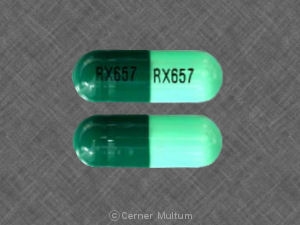
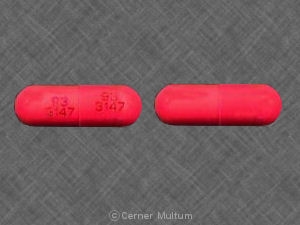
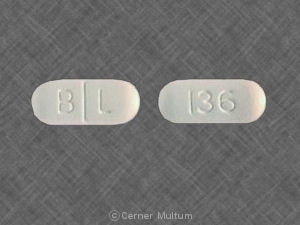
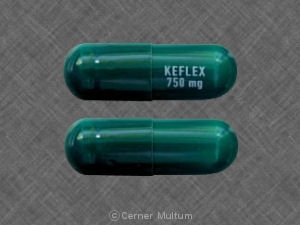
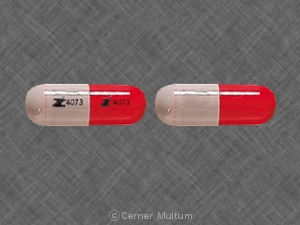
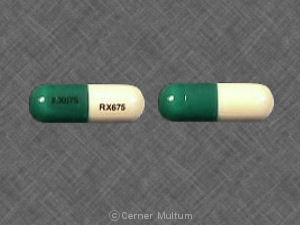
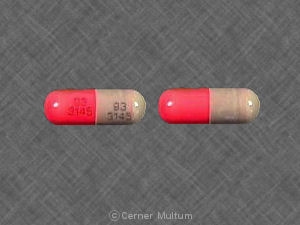
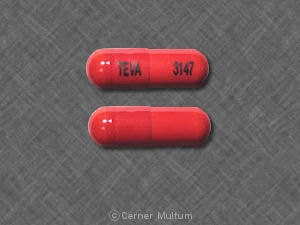
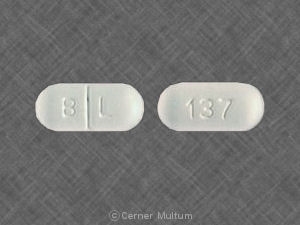
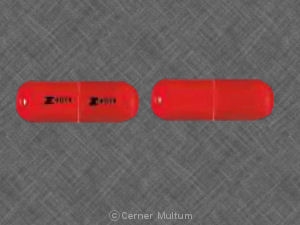


































Componenti:
Metodo di azione:
Opzione di trattamento:
Revisione medica di Fedorchenko Olga Valeryevna, Pharmacy Ultimo aggiornamento in data 26.06.2023

Attenzione! Le informazioni sulla pagina sono solo per gli operatori sanitari! Le informazioni sono raccolte in fonti pubbliche e possono contenere errori significativi! Fare attenzione e ricontrollare tutte le informazioni da questa pagina!
Dosage Forms And Strengths
250 mg capsules: a white to light yellow powder filled into an opaque white and opaque dark green capsule that is imprinted with KEFLEX 250 mg in edible black ink on the white body.
500 mg capsules: a white to light yellow powder filled into an opaque light green and opaque dark green capsule that is imprinted with KEFLEX 500 mg in edible black ink on the light green body.
750 mg capsules: a white to light yellow powder filled into an elongated opaque dark green and opaque dark green capsule that is imprinted KEFLEX 750 mg in edible white ink on the dark green body.
Storage And Handling
KEFLEX (cephalexin) Capsules, USP, is supplied as follows:
250 mg Capsules, bottles of 100 – NDC 59630-112-10
500 mg Capsules, bottles of 100 – NDC 59630-113-10
750 mg Capsules, bottles of 50 – NDC 59630-115-05
KEFLEX should be stored at 25°C (77°F); excursions permitted to 15° to 30°C (59° to 86°F).
Dispense in a tight, light-resistant container.
Manufactured for: Shionogi Inc. Florham Park, NJ 07932. Manufactured by: Sandoz GmbH Kundl, Austria. Revised: Oct 2015.
Respiratory Tract Infections
KEFLEX is indicated for the treatment of respiratory tract infections caused by susceptible isolates of Streptococcus pneumoniae and Streptococcus pyogenes.
Otitis Media
KEFLEX is indicated for the treatment of otitis media caused by susceptible isolates of Streptococcus pneumoniae, Haemophilus influenzae, Staphylococcus aureus, Streptococcus pyogenes, and Moraxella catarrhalis.
Skin And Skin Structure Infections
KEFLEX is indicated for the treatment of skin and skin structure infections caused by susceptible isolates of the following Gram-positive bacteria: Staphylococcus aureus and Streptococcus pyogenes.
Bone Infections
KEFLEX is indicated for the treatment of bone infections caused by susceptible isolates of Staphylococcus aureus and Proteus mirabilis.
Genitourinary Tract Infections
KEFLEX is indicated for the treatment of genitourinary tract infections, including acute prostatitis, caused by susceptible isolates of Escherichia coli, Proteus mirabilis, and Klebsiella pneumoniae.
Usage
To reduce the development of drug-resistant bacteria and maintain the effectiveness of KEFLEX and other antibacterial drugs, KEFLEX should be used only to treat infections that are proven or strongly suspected to be caused by susceptible bacteria. When culture and susceptibility information is available, this information should be considered in selecting or modifying antibacterial therapy. In the absence of such data, local epidemiology and susceptibility patterns may contribute to the empiric selection of therapy.
Adults And Pediatric Patients At Least 15 Years Of Age
The usual dose of oral KEFLEX is 250 mg every 6 hours, but a dose of 500 mg every 12 hours may be administered. Treatment is administered for 7 to 14 days.
For more severe infections larger doses of oral KEFLEX may be needed, up to 4 grams daily in two to four equally divided doses.
Pediatric Patients (over 1 year of age)
The recommended total daily dose of oral KEFLEX for pediatric patients is 25 to 50 mg/kg given in equally divided doses for 7 to 14 days. In the treatment of β-hemolytic streptococcal infections, duration of at least 10 days is recommended. In severe infections, a total daily dose of 50 to 100 mg/kg may be administered in equally divided doses.
For the treatment of otitis media, the recommended daily dose is 75 to 100 mg/kg given in equally divided doses.
Dosage Adjustments In Adult And Pediatric Patients At Least 15 Years Of Age With Renal Impairment
Administer the following dosing regimens for KEFLEX to patients with impaired renal function.
Table 1: Recommended Dose Regimen for Patients with
Renal Impairment
| Renal function | Dose regimen recommendation |
| Creatinine clearance ≥ 60 mL/min | No dose adjustment |
| Creatinine clearance 30 to 59 mL/min | No dose adjustment; maximum daily dose should not exceed 1 g |
| Creatinine clearance 15 to 29 mL/min | 250 mg, every 8 hours or every 12 hours |
| Creatinine clearance 5 to 14 mL/min not yet on dialysis* | 250 mg, every 24 hours |
| Creatinine clearance 1 to 4 mL/min not yet on dialysis* | 250 mg, every 48 hours or every 60 hours |
| *There is insufficient information to make dose adjustment recommendations in patients on hemodialysis. |























